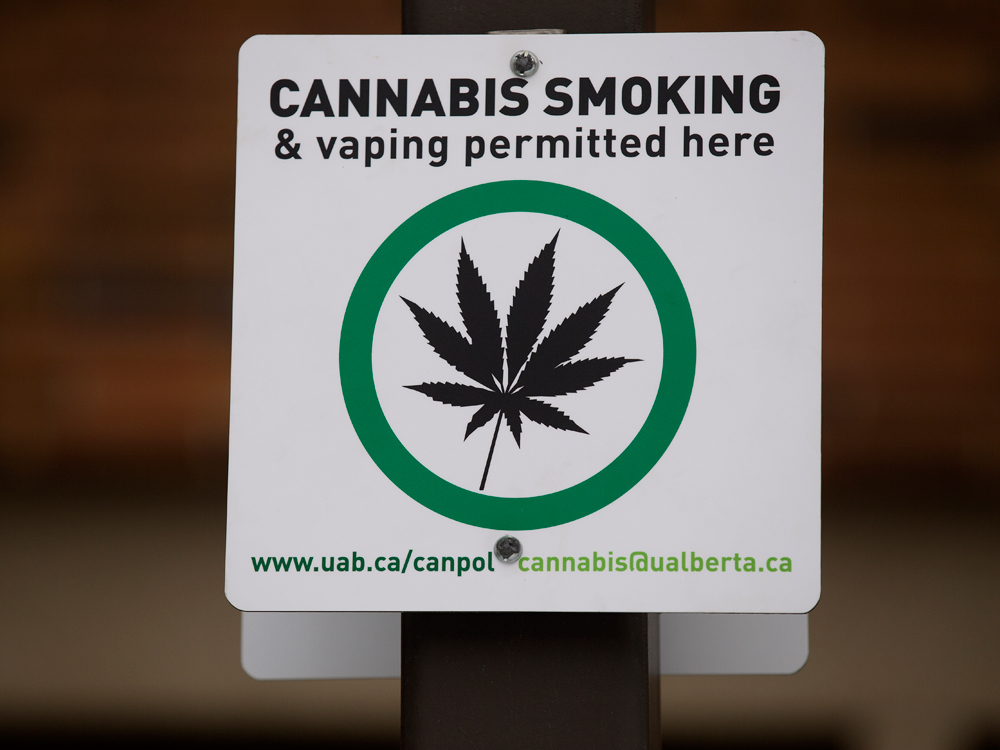You are here
Home 🌿 Cannabis Technology News 🌿 What sewage screening suggests about cannabis use and the black market in Canada 🌿What sewage screening suggests about cannabis use and the black market in Canada

When it comes to cannabis, the proof is in the peeing.
Canada’s national statistics agency has been collecting and testing municipal wastewater samples from five cities for traces of cannabis to gauge actual usage of the now legal drug. The results are surprising: In some cases they contradict other Statistics Canada data on pot use, while shedding light on the potential size of the black market.
When cannabis is consumed, the body converts THC into THC-COOH, which can then be measured in wastewater — a nice word for sewage. Of the five cities measured between March 2018 and February 2019, Halifax, Nova Scotia had the highest average “load” of THC-COOH per capita, followed by Montreal, Toronto, Vancouver and EdmontonThe fact that Halifax residents are peeing out more cannabis residue than anyone else isn’t surprising, as Statistics Canada’s National Cannabis Survey found that 24 per cent of Nova Scotians reported using pot in the second quarter, the highest of any province.
What’s surprising is that Montreal’s levels are so high, when only 10 per cent of Quebecers reported cannabis use in the second quarter, the lowest of any province. Edmonton’s low wastewater results are also confounding, as Alberta had the third-highest reported cannabis use at 20 per cent.
So are people lying or is wastewater an imperfect measure? It could be a bit of both. Statistics Canada acknowledges the difficulty of getting people to accurately divulge their pot use.
“The stigma associated with use and reluctance to disclose purchases from non-regulated suppliers are two factors that could contribute to some under-reporting on surveys,” it said in the wastewater report.
In analyzing the Montreal wastewater data, the agency said factors beyond simple cannabis use per capita could be skewing the results. “It is possible that the consumption per user could be greater,” according to the report. “It is also possible that cannabis use in Montreal is measurably higher than for the rest of Quebec.”
Pot GDP
The cannabis sector contributed $8 billion to Canadian gross domestic product in June, up from $6.5 billion a year earlier. The numbers show a significant increase from April onward, signalling that Ontario’s belated opening of retail stores had a notable impact on the pot industry’s contribution to GDP. The sector is still one of the smallest tracked by Statistics Canada, trailing the $13 billion from the media and content industry.
Legal sales are gaining ground on the illicit market. The size of the unlicensed cannabis industry shrank 26 per cent in the year through June, while licensed sales rose over fourfold, according to the data.
Meanwhile, Health Canada reported that legal sales of dried cannabis increased by 4.7 per cent in June from May, while legal sales of cannabis oil fell 2.1 per cent. Interestingly, that decline was entirely from the medical market, where sales tumbled 18 per cent; recreational oil sales increased 19 per cent.
This data conflicts with Canopy Growth Corp.’s experience in the quarter ended June 30, when it took an $8 million revenue adjustment to reflect potential returns of oils and softgels due to oversupply in the recreational market. Meanwhile, 46 per cent of its medical sales came from oils and softgels, up from 17 per cent a year earlier.
420 Intel is Your Source for Marijuana News
420 Intel Canada is your leading news source for the Canadian cannabis industry. Get the latest updates on Canadian cannabis stocks and developments on how Canada continues to be a major player in the worldwide recreational and medical cannabis industry.
420 Intel Canada is the Canadian Industry news outlet that will keep you updated on how these Canadian developments in recreational and medical marijuana will impact the country and the world. Our commitment is to bring you the most important cannabis news stories from across Canada every day of the week.
Marijuana industry news is a constant endeavor with new developments each day. For marijuana news across the True North, 420 Intel Canada promises to bring you quality, Canadian, cannabis industry news.
You can get 420 Intel news delivered directly to your inbox by signing up for our daily marijuana news, ensuring you’re always kept up to date on the ever-changing cannabis industry. To stay even better informed about marijuana legalization news follow us on Twitter, Facebook and LinkedIn.




